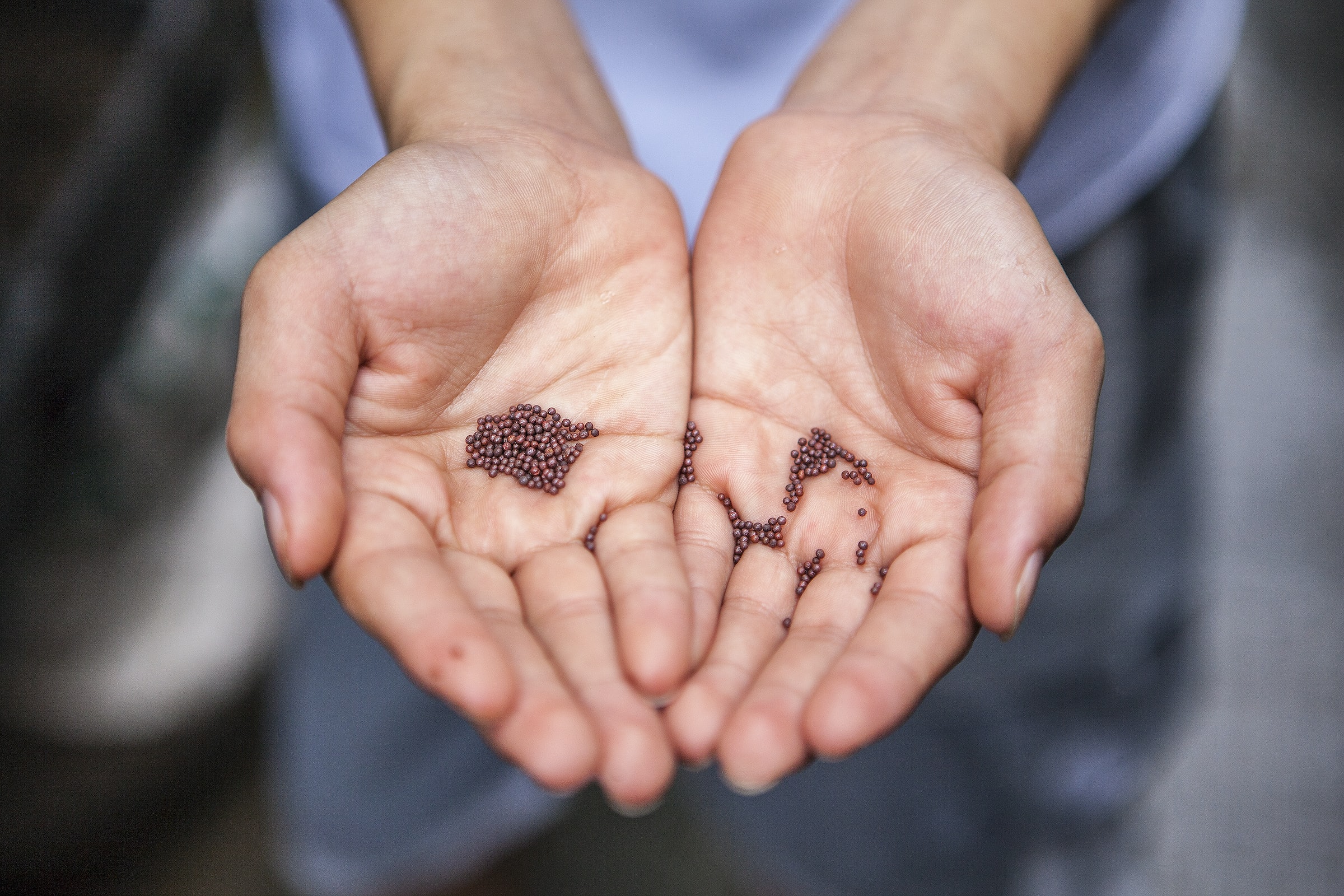


#Backyard Gardening #DIY #Gardening and Agriculture #Seed Saving
Doug Fogelson
Did you know some types of the seeds in the fruits and vegetables you buy at the grocery store are the same seeds that can be used to plant those crops again? Tomatoes, peppers, strawberries, and even cloves of garlic can be used to grow more. However, some of the hybridized plants may have sterile seeds, so make sure to use non-modified heirloom varieties for best results. Other sprouting can be done from the plants themselves such that your cut green onions, celery, or lettuces can grow a “second harvest” right out of their stems with just a little water and sunlight.
Saving seeds from your garden plants is very cost effective and “circular.” One simply needs to know if the plants are annuals or perennials, when seeds are in their mature state, and how to properly harvest and store them.
Sprouting microgreens or other kinds of sprouts can yield a lot of flavor and nutrients with little time in a small space. The range is quite impressive — they include radish, sunflower, lentil, green pea, broccoli, beet, alfalfa, and more. You can grow them easily in a mason jar or use a fancy sprouting apparatus. Either way, they produce all year long taking only about 3-7 days to grow.
According to Seed Savers Exchange, some of the worst seeds for beginning seed savers are peas, beans, lettuce, and tomatoes.